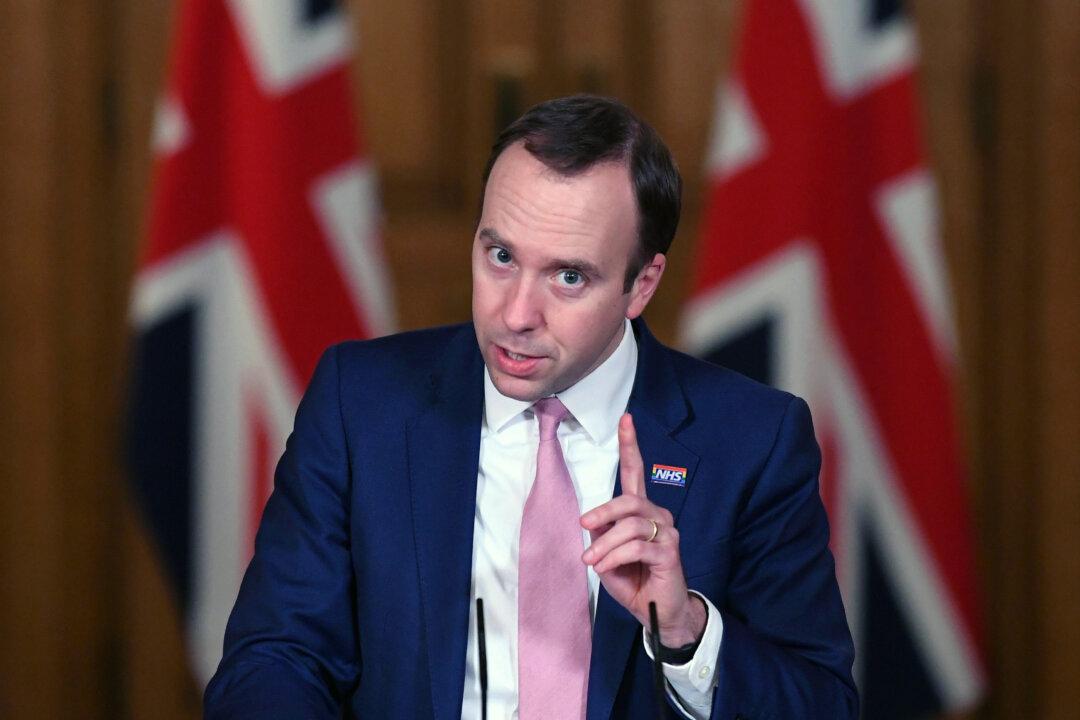The UK government is facing growing disquiet from backbenchers, after announcing today that over 22 million people in England will emerge from the current lockdown into the highest level of local restrictions.
A group of over 70 Tory MPs had already threatened to rebel against the party whips if the government fails to justify further restrictions.





